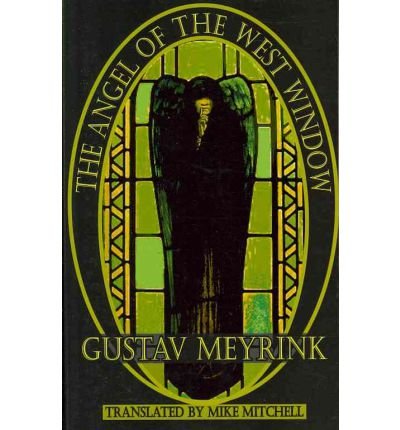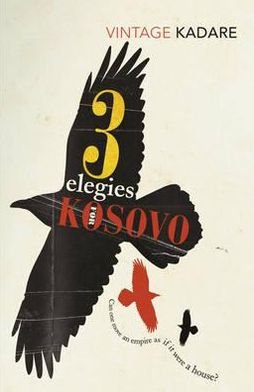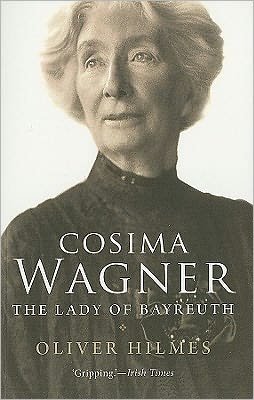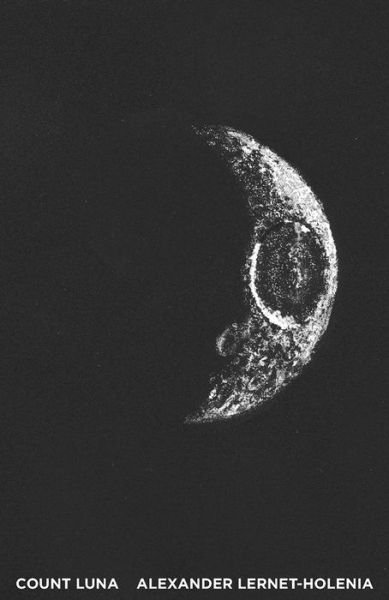
Freunden von diesem Artikel berichten:
After Ninety Years: the Story of Serbian Vampire Sava Savanovic
Milovan Glisic
Bestellware
After Ninety Years: the Story of Serbian Vampire Sava Savanovic
Milovan Glisic
Publisher Marketing: A classic of Slavic vampire literature from 19th century Serbian author Milovan Glisic, "After Ninety Years" tells the tale of Sava Savanovic, who haunted the watermill in the village of Zarozje. Because Glisic wrote 17 years before Bram Stoker's "Dracula" introduced bats and Transylvania to the vampire trope, he based his story on the folktales and folk beliefs of villagers in the mountains of western Serbia along the Drina River valley. As such, it represents a treasure trove of ethnographic information and offers insights into authentic vampire lore before the creation of the modern pop culture vampire. The language Glisic employs is the vernacular of the uneducated and illiterate rural population in the mountainous regions of western Serbia along the Drina River valley in the 18th and 19th centuries. In contrast to the heavily ornamented and wordy prose so common among his 19th century contemporaries in Russia and the west, Glisic deliberately wrote in a sparse, plain, and raw style, accurately reflecting the mannerisms of village life and culture, an approach used by Mark Twain in "The Celebrated Jumping Frog of Calaveras County." Similar to 19th century American author Washington Irving's The Legend of Sleepy Hollow or Rip Van Winkle, Glisic mined local folklore to retell the story of the vampire Sava Savanovic. As such, the text presents a wealth of ethnographic material. Glisic offers valuable insights into the roles of women and children in the traditional patriarchal Serbian zadruga, a family-based agricultural cooperative that formed the basis of village life. The role of alcohol in hospitality, causing and settling disputes is also quite evident. And village gossip plays an important role in the everyday life of both men and women. Of particular note is Glisic's description of the folk beliefs surrounding vampires, how they are found, how they are killed, the forms they take, their physical appearance, etc. In this, Glisic accurately reflects folk beliefs still present today in many rural areas of the Balkans. Contributor Bio: Lyon, James James Lyon is an Associate Researcher at the University of Graz, Austria. He has a PhD in History from the University of California, Los Angeles, USA and has published extensively on the history of the Balkans. He founded the Foundation for the Preservation of Historical Heritage, which is working to digitalize rare document collections in leading Balkan cultural institutions.
| Medien | Bücher Taschenbuch (Buch mit Softcover und geklebtem Rücken) |
| Erscheinungsdatum | 14. Oktober 2015 |
| ISBN13 | 9781517484521 |
| Verlag | Createspace |
| Seitenanzahl | 78 |
| Maße | 152 × 229 × 4 mm · 117 g |


![Cover for Gershom Scholem · Walter Benjamin (Taschenbuch) [Main edition] (2003)](https://imusic.b-cdn.net/images/item/original/328/9781590170328.jpg?gershom-scholem-2003-walter-benjamin-taschenbuch&class=scaled&v=1408441844)

![Cover for Ismail Kadare · Chronicle In Stone - Canons (Taschenbuch) [Main - Canons edition] (2018)](https://imusic.b-cdn.net/images/item/original/496/9781786894496.jpg?ismail-kadare-2018-chronicle-in-stone-canons-taschenbuch&class=scaled&v=1544576586)

![Cover for Alfred Kubin · The Other Side - Dedalus European Classics (Taschenbuch) [2 Revised edition] (2023)](https://imusic.b-cdn.net/images/item/original/032/9781910213032.jpg?alfred-kubin-2023-the-other-side-dedalus-european-classics-taschenbuch&class=scaled&v=1447589433)

![Cover for Virginia Woolf · Bølgerne, klassiker (Taschenbuch) [3. Ausgabe] (2011)](https://imusic.b-cdn.net/images/item/original/977/9788763816977.jpg?virginia-woolf-2011-boelgerne-klassiker-taschenbuch&class=scaled&v=1339625180)






![Cover for Gershom Scholem · On the Kabbalah and its Symbolism - Mysticism and Kabbalah (Taschenbuch) [New edition] (1996)](https://imusic.b-cdn.net/images/item/original/514/9780805210514.jpg?gershom-scholem-1996-on-the-kabbalah-and-its-symbolism-mysticism-and-kabbalah-taschenbuch&class=scaled&v=1402437283)



